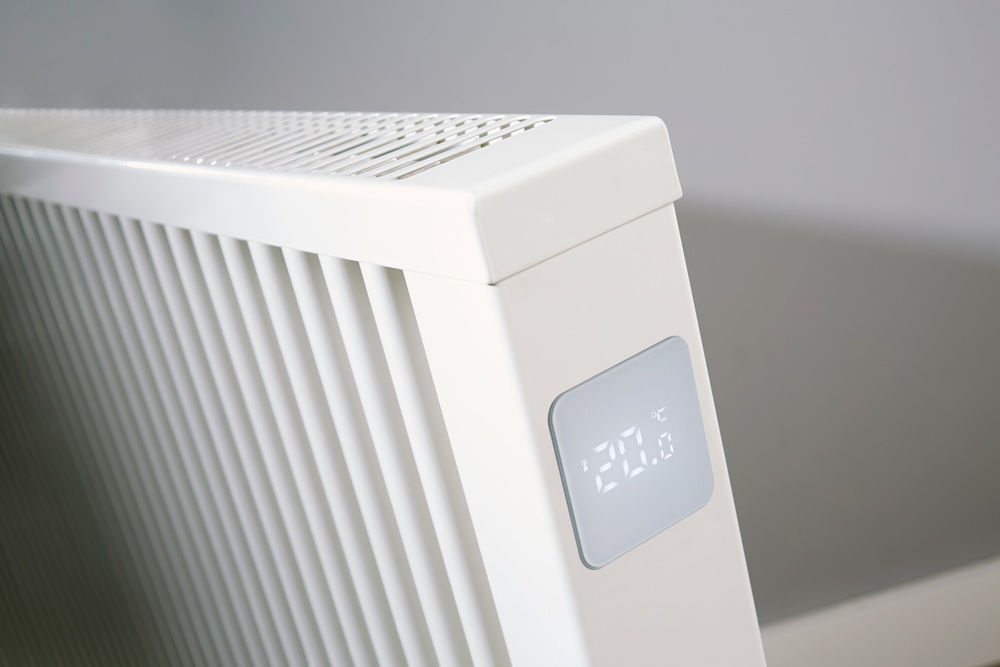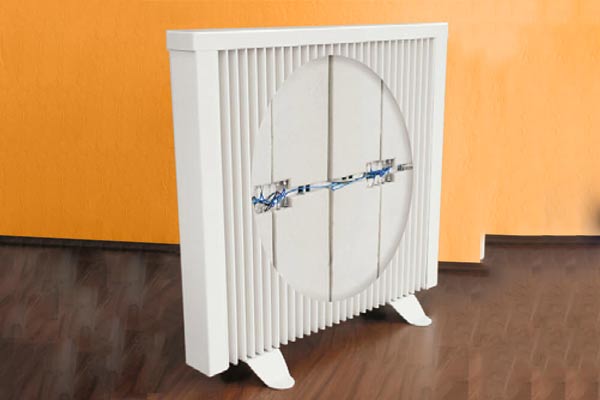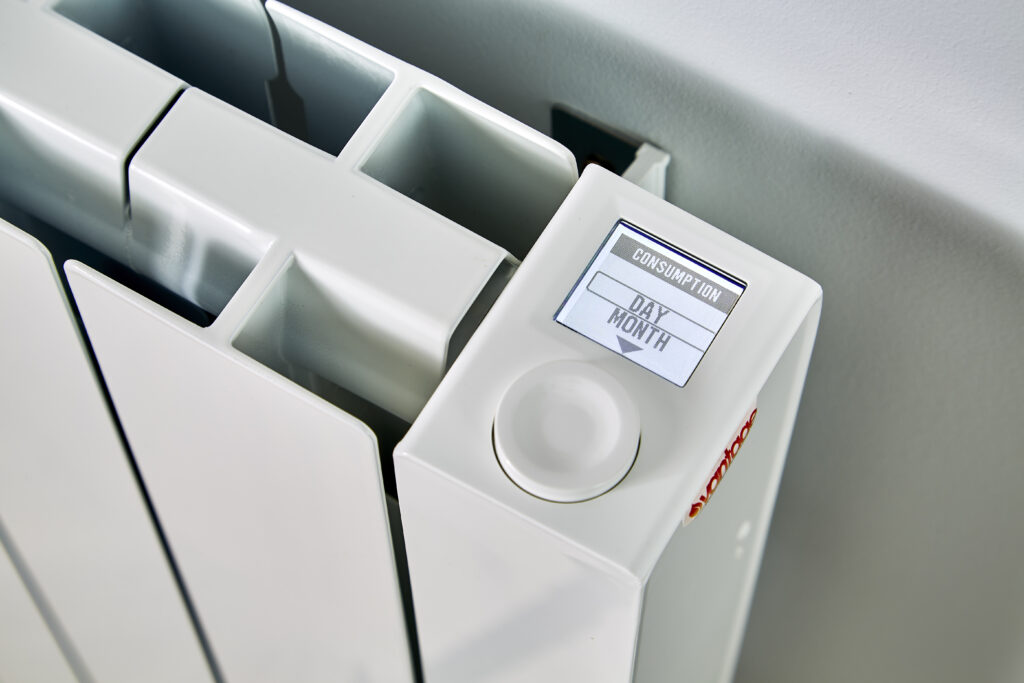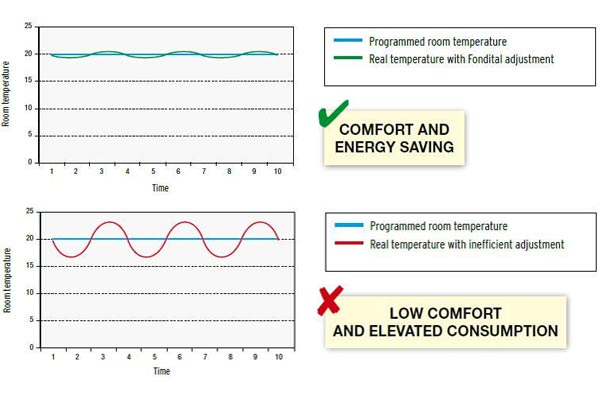Your Running Costs – Just The Simple Facts
ALL electric heating is 100% efficient. This is a fact that applies to every electric radiator – despite what you may be told. It relates to the rate of conversion from electrical energy to heat energy. No electrical energy is wasted, so one Kilowatt of electrical energy produces one kilowatt of heat energy.
Test data from a laboratory may look credible, but most of the data is irrelevant. Those who interpret the figures correctly, will find that the basic laws of physics and thermodynamics still prevail, when it comes to energy efficiency. A real heating expert will never claim that their radiators are more energy-efficient than others.

EHE Radiators retain heat energy
The key aspect to the running cost of any direct-acting heating type, whether it’s oil, gas, LPG or electric is the tariff or fuel cost, and the level of insulation/ heat loss of the room that is heated. The energy used is always directly relative to this.
Retaining some heat energy within an electric radiator helps to increase the effectiveness of the heat output, and also the effectiveness of the temperature sensor and thermostat. Both Vantage and Economiser Radiators have a short-term heat retention capacity.
Dynamic Storage
The short-term or “dynamic” storage capacity offered by EHE radiators means that the heating cycle is more gradual and controlled than that of a radiator with no storage capacity. This allows the temperature sensor to react better to fluctuations in room temperature, and to minimise energy usage, whilst maximising your comfort.
Radiators without any storage medium generally consume more energy and achieve lower comfort levels. They are simply “on or off”. Thermostatically controlled radiators which contain no storage medium go cold as soon as the room temperature is achieved. This means that the next “on” period of the heating cycle comes around much faster.

Radiators with deeper heat plates, that hold heat for longer, don’t increase energy efficiency or decrease running costs. The room simply takes longer to warm-up, as the heat is trapped in the radiator for longer.
Heat energy is transferred in two ways
A combination of radiant heat and naturally convected heat gives you the best level of comfort and heat distribution.
Radiant heat is emitted from the face of the radiator. It heats people, and objects in the room. This warmth is considered to be the most comfortable form of heat transfer.
Convectional heat output warms the circulating air in the room. Cool air is drawn-in through the convection channels or flutes inside the radiator. The air warms and exits through the top of the radiator. This provides an extended coverage of warmth.

The design of the outer casing of EHE radiators promotes a good combination. For full details of each radiator design, see the listed features on the Product Pages.
Temperature and input energy control
As important as the heat transfer itself, is the electronic control method. EHE Radiators are capable of maintaining your room temperature to an accuracy of just 0.5°C variance.


Accurate temperature sensing and electronic thermostats allow EHE radiators to input electrical energy and output heat at the most efficient level possible.
EHE Radiators use proportional digital thermostats, that deliver exactly the correct level of input power to the heating element. The result is a stable room temperature, and no energy wasted in over-heating at any point in the heating cycle.
We ensure that your radiators are correctly sized
Let us work it out
Factors that determine your radiator size (power in Watts) include the type, and dimensions of the room, including the ceiling height. The level of insulation is noted, as well as the number of external walls, and the type, and the number of windows. In compiling this information, we are better equipped to advise you on what you might expect to pay for your warmth, based on the wattage output of each radiator.
A radiator with insufficient power (wattage) may struggle to raise your room temperature. We guarantee against this, by specifying radiators that have ample wattage, using specialist software.. A radiator with “too much” power will not cost more to run. It will use only as much wattage as the room requires.




